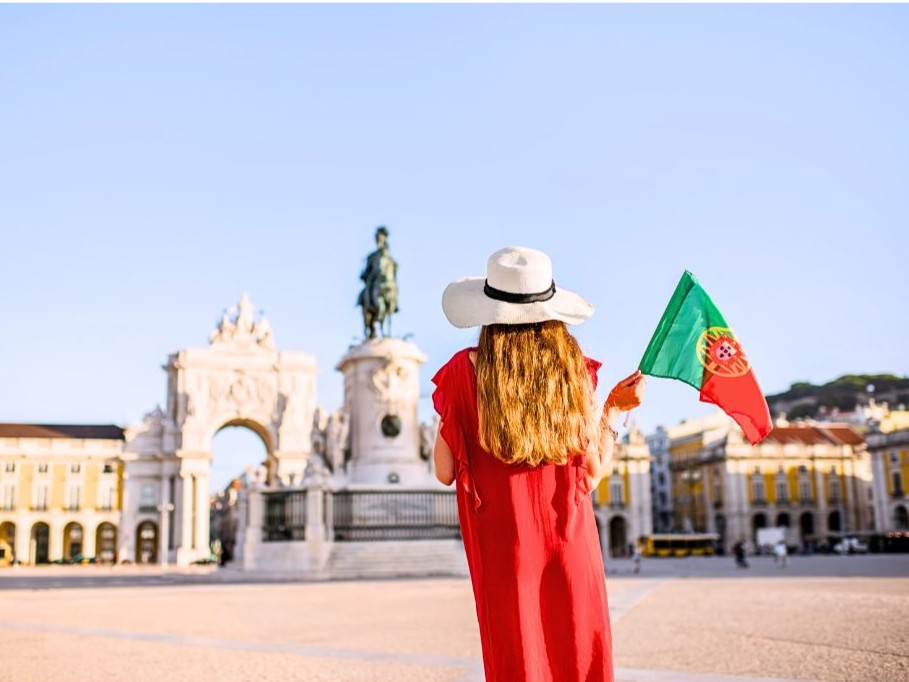Stay fresh, drink water!
One of the most essential foundations of a healthy life is the availability of clean drinking water. With “WorldWaterDay” approaching in March, let’s explore how Portugal and The Netherlands tackle their water challenges. These two nations share a common goal but face different hurdles. What are the differences between these two countries when it comes to water management?
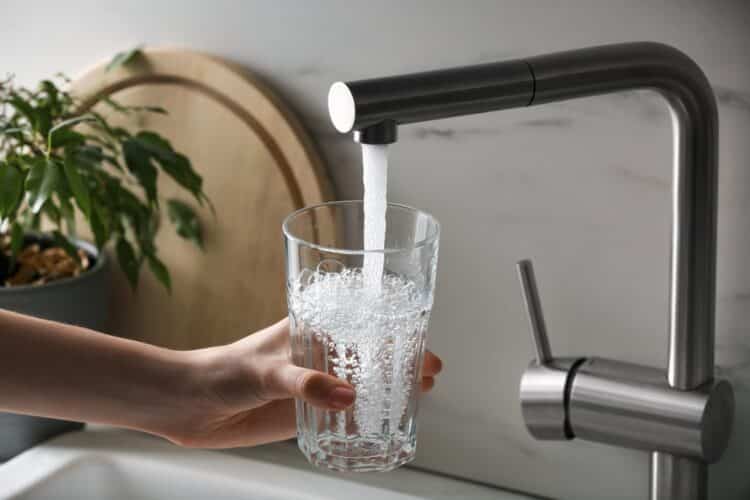
Clean water: who is leading the way?
Portugal’s water quality has come a long way, evolving significantly over the past decades. The Netherlands, long celebrated for its pristine drinking water, is now facing a decline in quality. According to recent rankings, Portugal takes an impressive 8th place for safe drinking water, while The Netherlands sits further down at 26th, a 2024 study shows.
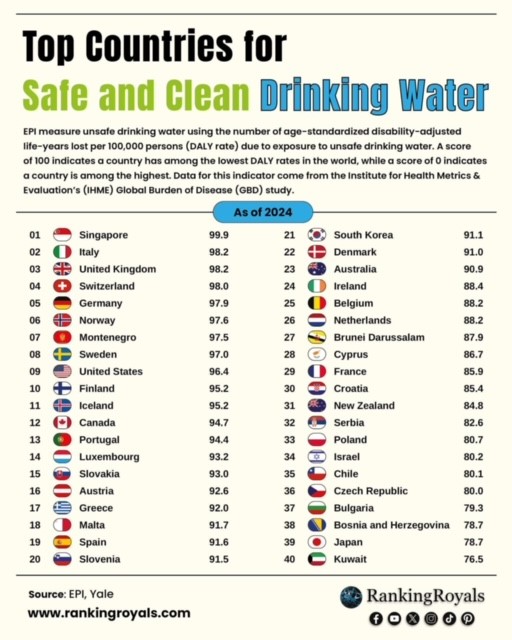
A dive into the Portuguese water history
Portugal has historically relied on surface and groundwater, with seasonal rains playing a crucial role in replenishing resources. However, droughts and inconsistent rainfall patterns have long been challenges, particularly in the Alentejo and Algarve regions. To address this, infrastructure projects like the Aqueduto das Águas Livres, built in the 18th century to supply Lisbon, laid the foundation for modern advancements. By the late 20th century, EU support helped Portugal build reservoirs, dams, and treatment plants that transformed its water landscape.
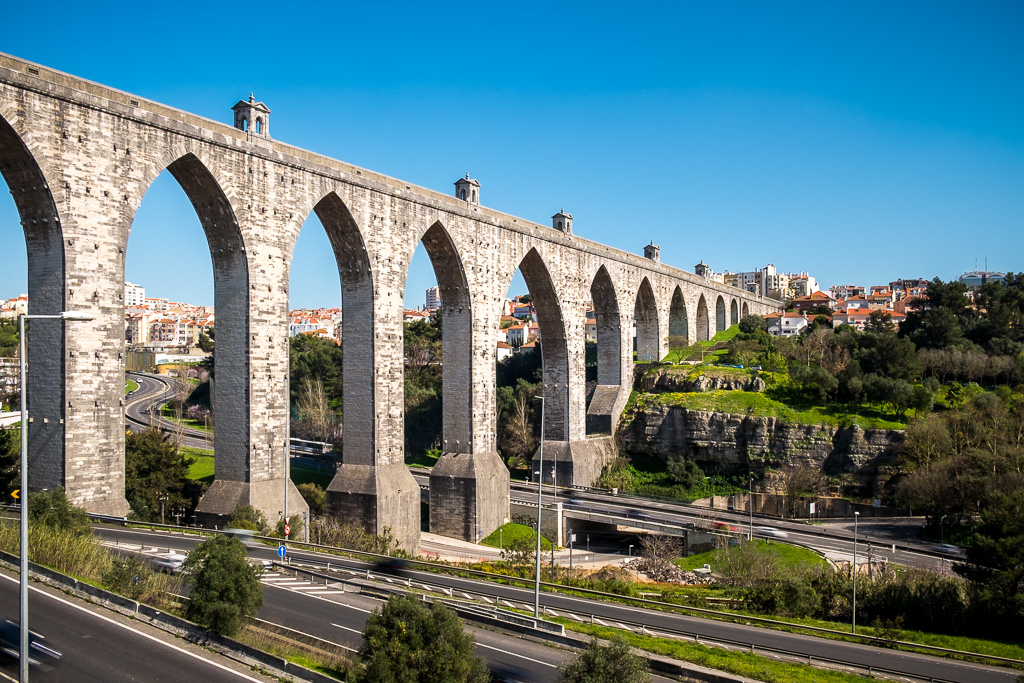
The Dutch water challenges over time
The Netherlands has a unique relationship with water, balancing between abundance and threat. With a substantial part of the country below sea level, the Dutch have spent centuries perfecting flood defences, including dikes, canals, and storm surge barriers (the well-known Deltawerken). In the 20th century, groundwater became a primary source for drinking water due to its natural quality. Today, the Dutch innovative water management systems are admired worldwide. However, rising pollution levels and climate challenges are testing the countries’ expertise. Below an overview of Dutch areas that are at constant risk of flooding.
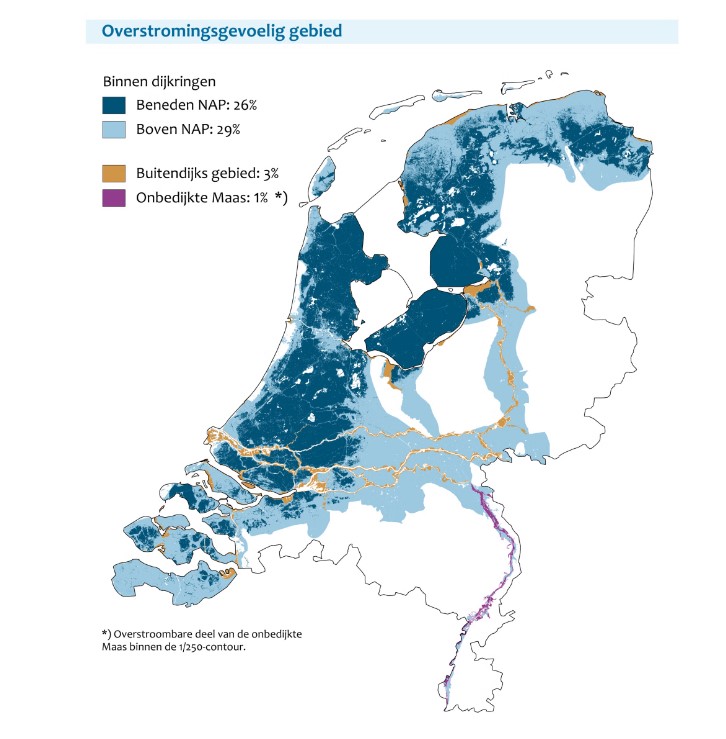
Biggest water challenges for Portugal and The Netherlands
Portugal struggles with severe droughts, especially in the Alentejo and Algarve regions where climate change intensifies drought conditions. These developments are leading to concerns about long-term sustainability for agriculture and living conditions in these southern regions. This is perfectly reflected in below aerial image of a southern region of Portugal comparing 2017 and 2022.
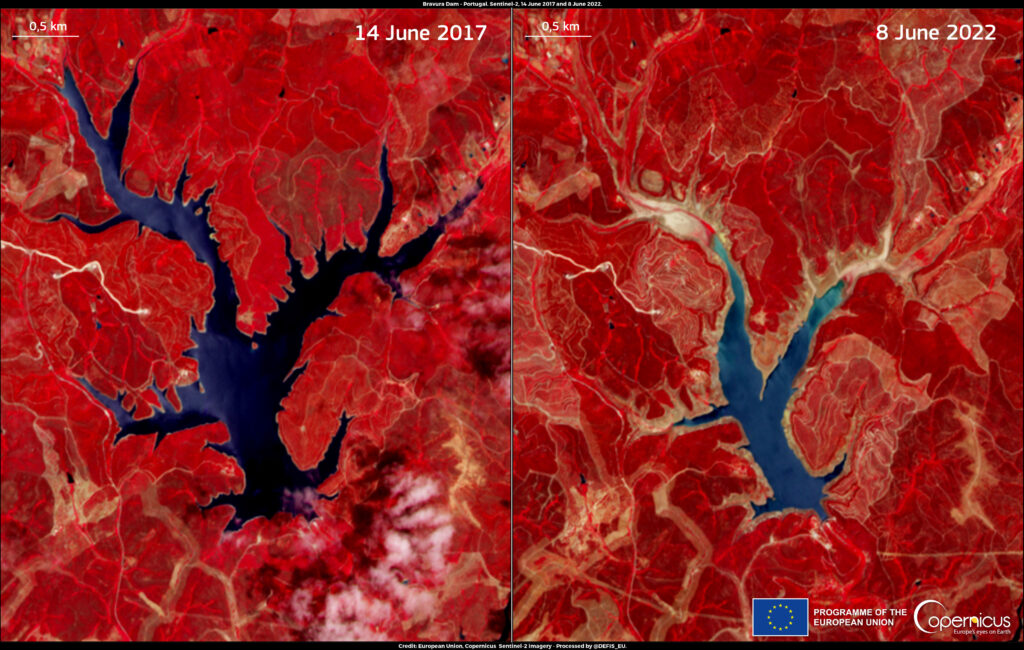
For The Netherlands, rising sea levels and agricultural pollution threaten water quality. Low river levels during dry seasons also increase the risk of saltwater intrusion into freshwater supplies. These issues threaten the Dutch water quality and the continued supply of drinking water. Some experts have warned that The Netherlands is already at risk of securing drinkwater supplies (see image below and check the links).
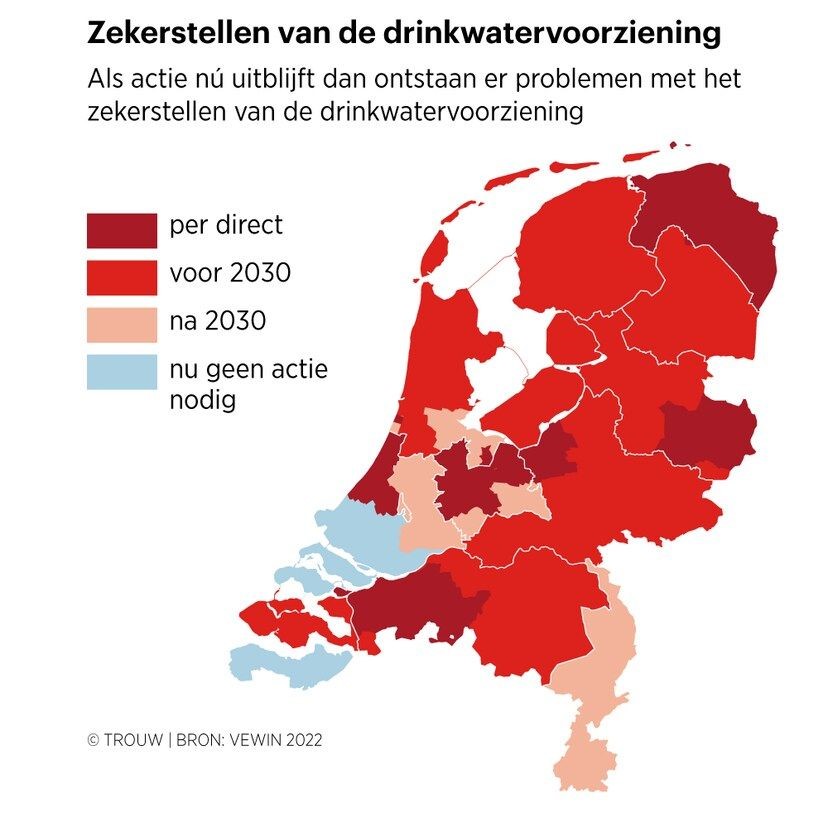
Wat's being done in both countries?
Portugal focuses on conservation efforts, improving irrigation systems, and promoting public awareness. Cooperation with neighbouring Spain is also part of the strategy to ensure sustainable water use. Meanwhile, The Netherlands relies on its water boards (Waterschappen) to implement solutions like sustainable drainage systems, reducing agricultural runoff, and restoring wetlands. Both countries are investing in innovation to meet their respective challenges, with Portugal exploring desalination and The Netherlands leading the charge in flood prevention technologies.
Fighting the water: a Dutch fairy tale
The Dutch historical relationship with water management and the collective effort required to maintain their extensive system of dikes and canals is perfectly reflected in the legend of “Hans Brinker “.In the story, a young Dutch boy (sometimes named Hans, notices a small leak in a dike. In the story Hans plugs the hole with his finger. He stays up all night, enduring cold and fear, until villagers find him and repair the dike. His quick thinking and bravery save his community from great disaster. The tale is not originally from Dutch folklore but was popularized internationally through the 19th-century American book Hans Brinker, or The Silver Skates (1865) by Mary Mapes Dodge.
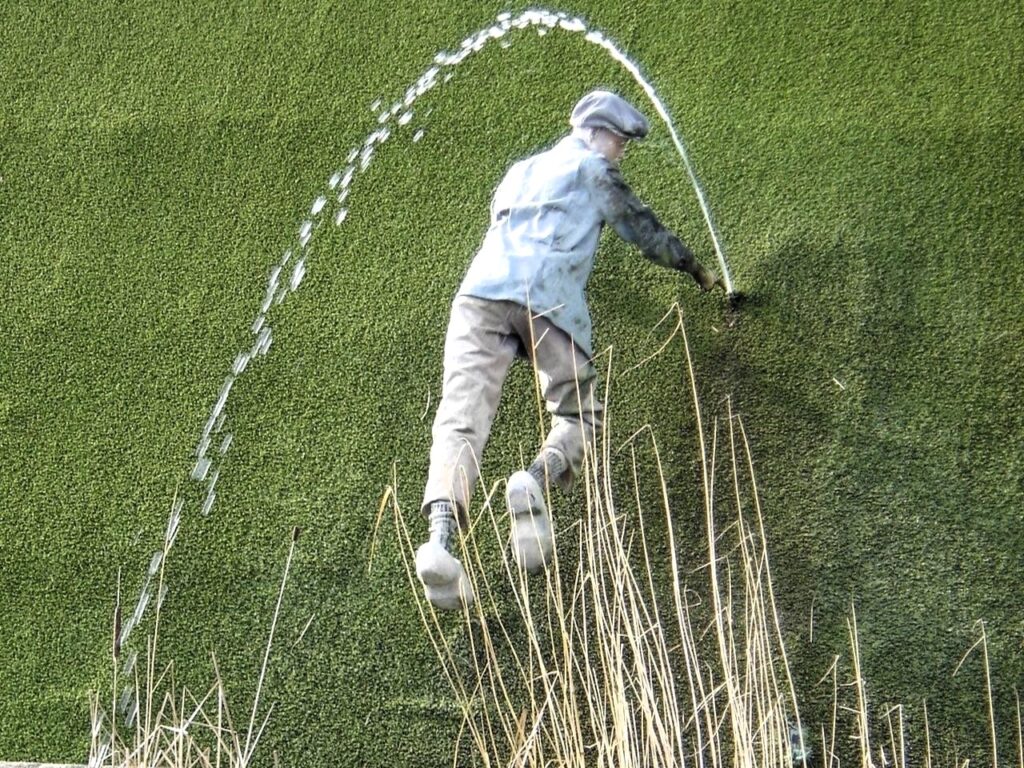
Water in Portugal: the true story of Aldeia da Luz
This true story revolves around the relocation of an entire village due to the construction of the Alqueva lake, one of Europe’s largest artificial reservoirs. Aldeia da Luz, a small village in Portugal’s Alentejo region, was completely relocated in 2002 due to the creation of the Alqueva Dam, which flooded its original site. To preserve the community, a new village was built nearby, replicating the old one’s layout and architecture. The relocation included leaving behind old traditions and moving the cemetery was emotionally challenging for residents. These emotions are captured in a folklore song called “Aldeia the Luz”. Today, the new village houses the Museu da Luz, which honors the original village’s heritage and tells the story of its transformation.
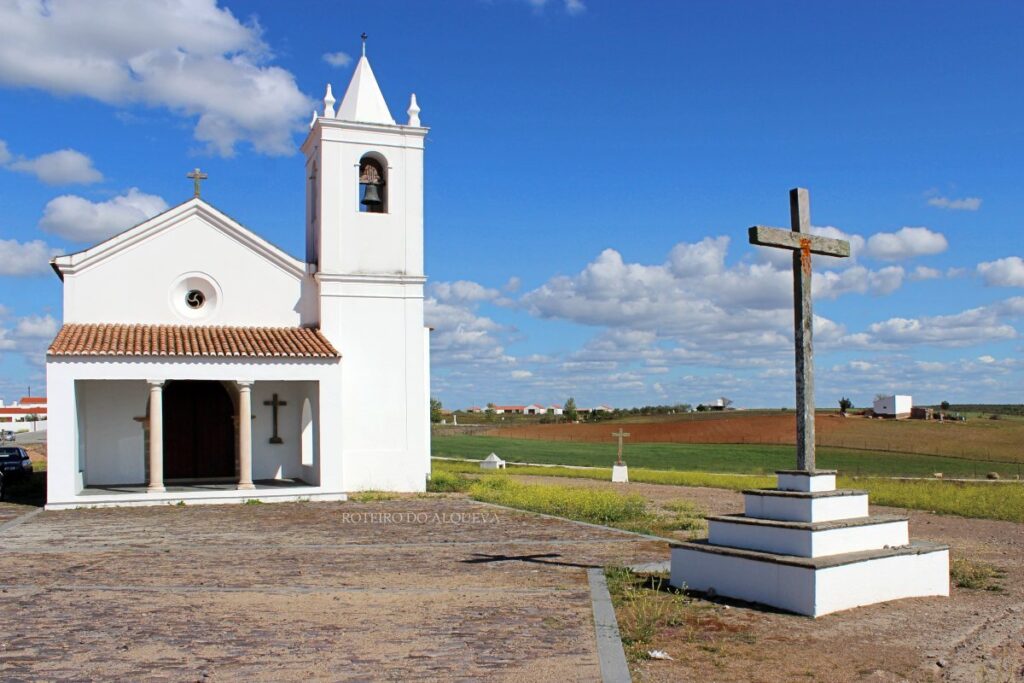
Two nations with the same goals: safe drinking water!
Portugal and The Netherlands are both deeply invested in sustainable water management. While Portugal battles water scarcity and droughts, The Netherlands focuses on protecting its water from rising seas and pollution. Each country brings unique approaches to the table—Portugal through reservoirs and desalination, and The Netherlands with groundwater management and cutting-edge technology. The water management stories of Portugal and The Netherlands show that no matter the challenge, finding innovative and adaptable solutions is key to securing clean water for generations to come.


